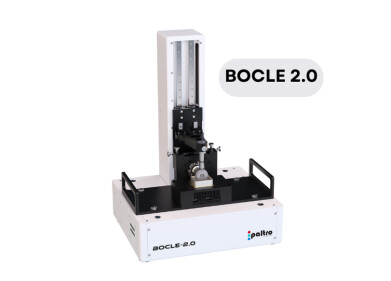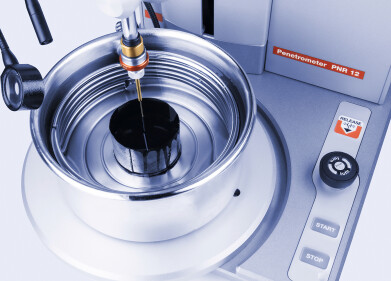Measurement and testing
What is Non-Invasive Temperature Measurement in the Petrochemical Industry?
Jan 05 2023
Temperature measurement is an important aspect of the petrochemical industry as it plays a crucial role in various processes such as refining, production, and storage of petrochemical products. Accurate temperature measurement helps to ensure the safety of the equipment, optimize the efficiency of the process, and maintain the quality of the products.
Traditionally, the temperature of petrochemical products was measured using contact sensors such as thermocouples, resistance temperature detectors (RTDs), and thermometers. These sensors require physical contact with the substance being measured, which can be problematic in certain situations. For example, in the refining process, the temperature of a fluid or gas in a pipeline or storage tank needs to be measured. In these cases, it is not possible to physically insert a sensor into the substance due to the high pressure and temperature.
To overcome these limitations, non-invasive temperature measurement techniques have been developed. Non-invasive temperature measurement refers to methods that do not require physical contact with the substance being measured. These techniques use sensors that are placed outside the substance and measure the temperature indirectly.
One of the most commonly used non-invasive temperature measurement techniques is infrared thermometry. This method uses an infrared sensor to detect the thermal radiation emitted by the substance being measured. The sensor converts the radiation into an electrical signal, which is then processed by a temperature measurement device to determine the temperature.
Infrared thermometry has several advantages over contact sensors. It is fast, accurate, and easy to use. It can measure the temperature of a substance from a distance, making it ideal for use in hazardous or hard-to-reach areas. Additionally, it does not require any special preparation of the substance being measured, making it suitable for use in process industries where the substance may be in a fluid or gas form.
Another non-invasive temperature measurement technique is microwave radiometry. This method uses microwaves to measure the temperature of a substance. The microwaves are absorbed by the substance, and the absorbed energy is proportional to the temperature. By measuring the absorbed energy, the temperature of the substance can be determined.
Microwave radiometry has several advantages over infrared thermometry. It can measure the temperature of solid substances as well as fluids and gases, making it suitable for a wide range of applications. It is also highly accurate and can be used to measure the temperature of moving objects. However, it requires a direct line of sight between the sensor and the substance being measured, which may be a limitation in some situations.
In conclusion, non-invasive temperature measurement techniques such as infrared thermometry and microwave radiometry are important tools in the petrochemical industry. They allow for the accurate measurement of temperature in situations where it is not possible to use contact sensors. These techniques are fast, accurate, and easy to use, making them valuable tools for optimizing processes and ensuring the safety and quality of petrochemical products.
Digital Edition
PIN 25.6 Buyers' Guide
January 2025
Buyers' Guide Directory - Product Listings by Category - Suppliers Listings (A-Z) Articles Analytical Instrumentation - ASTM D7042: The Quantum Leap in Viscosity Testing Technology -...
View all digital editions
Events
Jan 20 2025 San Diego, CA, USA
Jan 22 2025 Tokyo, Japan
Jan 25 2025 San Diego, CA, USA
SPE Hydraulic Fracturing Technology Conference and Exhibition
Feb 04 2025 The Woodlands, TX, USA
Feb 05 2025 Guangzhou, China



















